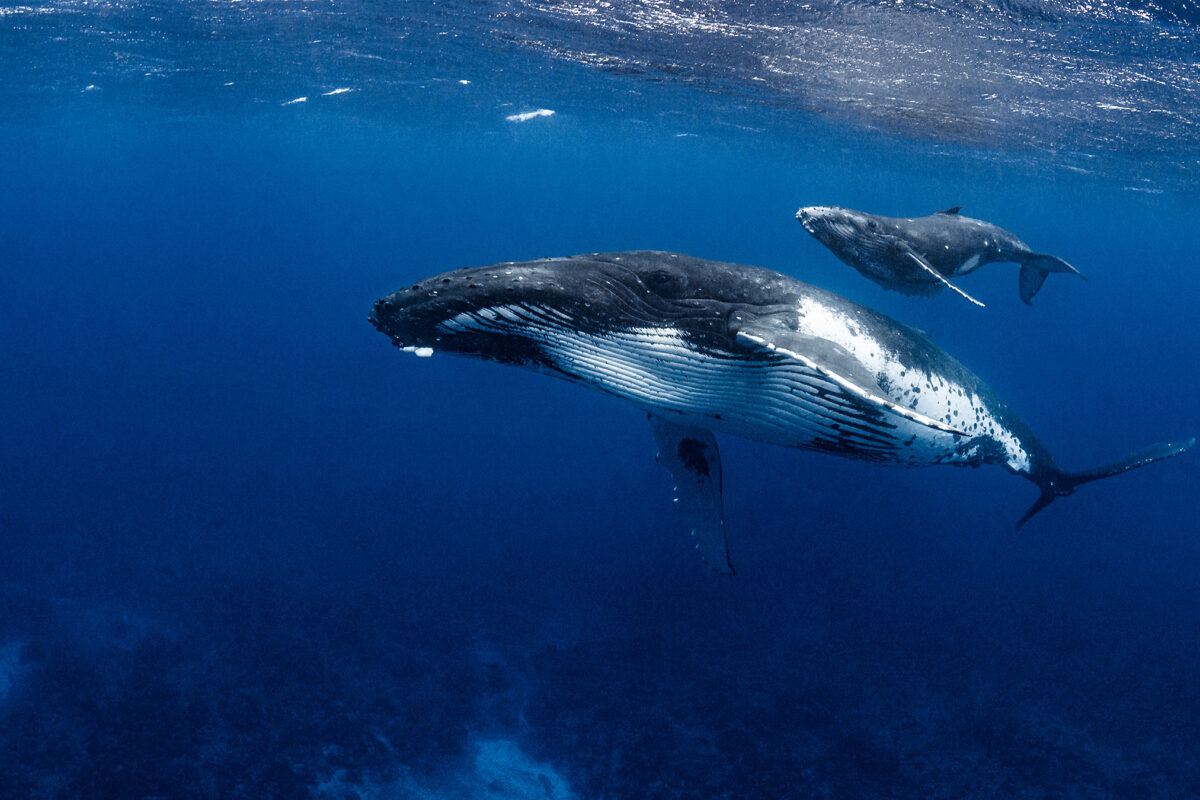This story is published through the Indigenous News Alliance. In Native Hawaiians’ genealogical stories, says Solomon Kahoʻohalahala, the coral polyp is considered the oldest ancestor, and they hold spiritual relationships with migratory animals, including the Koholā, or humpback whale (Megaptera novaeangliae). “Koholā is the manifestation of our god of the sea and is revered for its ability to dive into the depths of the deep sea and the realm of the sacred place of our creation, far beyond our imaginations,” he said. “Their care and protection are vital for the existence of species and Native Hawaiians.” For generations, the traditional ecological knowledge, values, and spiritual beliefs of Indigenous peoples related to forests, lands, waters, and territories have helped conserve nature and its resources. “We do not see ourselves above nature, which is quite different from the colonial perspective that sees dominion over all things,” said Kahoʻohalahala, chairperson of Maui Nui Makai Network, a group of community and partner organizations across the Hawaiian Islands. For these reasons, during one of the world’s largest convenings of Indigenous peoples—the U.N. Permanent Forum in New York City—representatives of Indigenous and coastal communities gathered to push for their integration into all aspects of the Agreement on Marine Biodiversity of Areas Beyond National Jurisdiction (BBNJ), sometimes known as the ‘High Seas Treaty’. In 2023, the U.N. adopted the agreement for the conservation and sustainable use of marine biodiversity and ecosystems within the two-thirds of the world’s ocean that lie beyond any country’s jurisdiction. Discussion on Indigenous…This article was originally published on Mongabay
From Conservation news via this RSS feed


